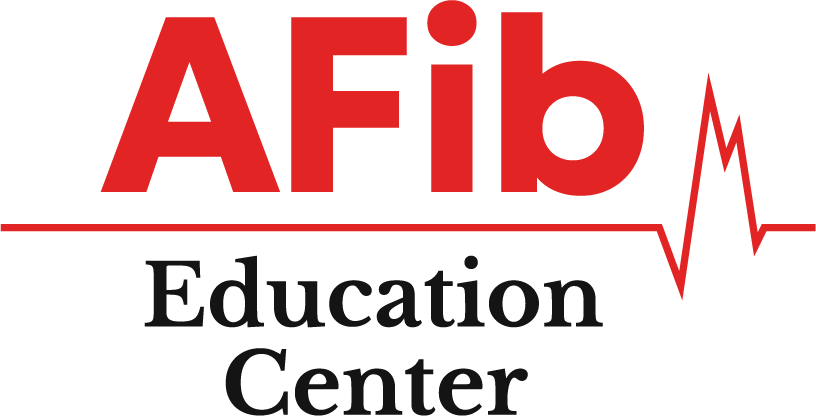Is there a Difference between a Pacemaker and a Defibrillator?
Pacemakers and defibrillators, although both implanted devices, serve distinct purposes in managing heart rhythms. Understanding their specific roles is essential for informed decision-making in cardiac care.
Pacemakers
Function: Manages slow heart rates by delivering electrical impulses to maintain a steady heartbeat.
Size: Small, approximately the size of a silver dollar.
Placement: Implanted under the skin with leads connecting to the heart.
Operation: Monitors heart activity and provides pacing when necessary to prevent bradycardia.
Components: Typically equipped with one or two leads depending on the patient’s condition.
Defibrillators
Function: Corrects dangerous fast heart rhythms by delivering a shock to restore normal heart rhythm.
Size: Slightly larger than a pacemaker, akin to an old pager.
Placement: Similar to pacemakers, implanted under the skin with leads attached to the heart.
Operation: Monitors for life-threatening rhythms and delivers a shock if detected to prevent sudden cardiac death.
Capabilities: Includes all functions of a pacemaker but focuses on life-saving interventions.
Key Points Covered
- Purpose and Function:
- Pacemaker: Manages slow heart rates (bradycardia) by pacing the heart.
- Defibrillator: Corrects dangerous fast heart rhythms (tachycardia or fibrillation) by delivering a shock.
- Physical Characteristics:
- Pacemaker: Small, with one or two leads for heart monitoring and pacing.
- Defibrillator: Larger, designed for delivering shocks in addition to heart monitoring.
- Placement and Procedure:
- Both Devices: Implanted near the chest with leads inserted through a vein into the heart.
- Heart Rate Management:
- Pacemaker: Maintains consistent heart rate by pacing when necessary.
- Defibrillator: Prevents sudden cardiac death by correcting severe arrhythmias.
- Capabilities:
- Pacemaker: Limited to pacing functions, some models adjust pacing based on activity levels.
- Defibrillator: Monitors and corrects life-threatening arrhythmias, ensuring patient safety.
- When to Use:
- Pacemaker: For conditions like Sick Sinus Syndrome or AV block where natural heart pacing is insufficient.
- Defibrillator: Recommended for high-risk patients prone to sudden cardiac arrest due to severe arrhythmias.
- Combination and Misconceptions:
- Misunderstanding: Defibrillators are sometimes mistaken for pacemakers due to dual functionalities.
- Clarification: Defibrillators can pace the heart but not vice versa; correct terminology distinguishes their distinct roles.
- Cost and Accessibility:
- Pacemaker: Generally less expensive, covered by insurance for treating bradycardia.
- Defibrillator: More costly due to advanced technology, covered for high-risk arrhythmia patients.
Understanding the roles and capabilities of pacemakers and defibrillators is critical for effective heart rhythm management. This knowledge ensures appropriate device selection and usage, ultimately improving outcomes in treating heart rhythm disorders.
